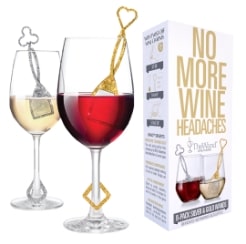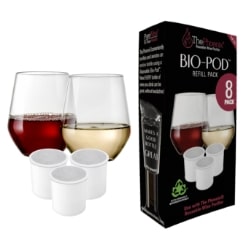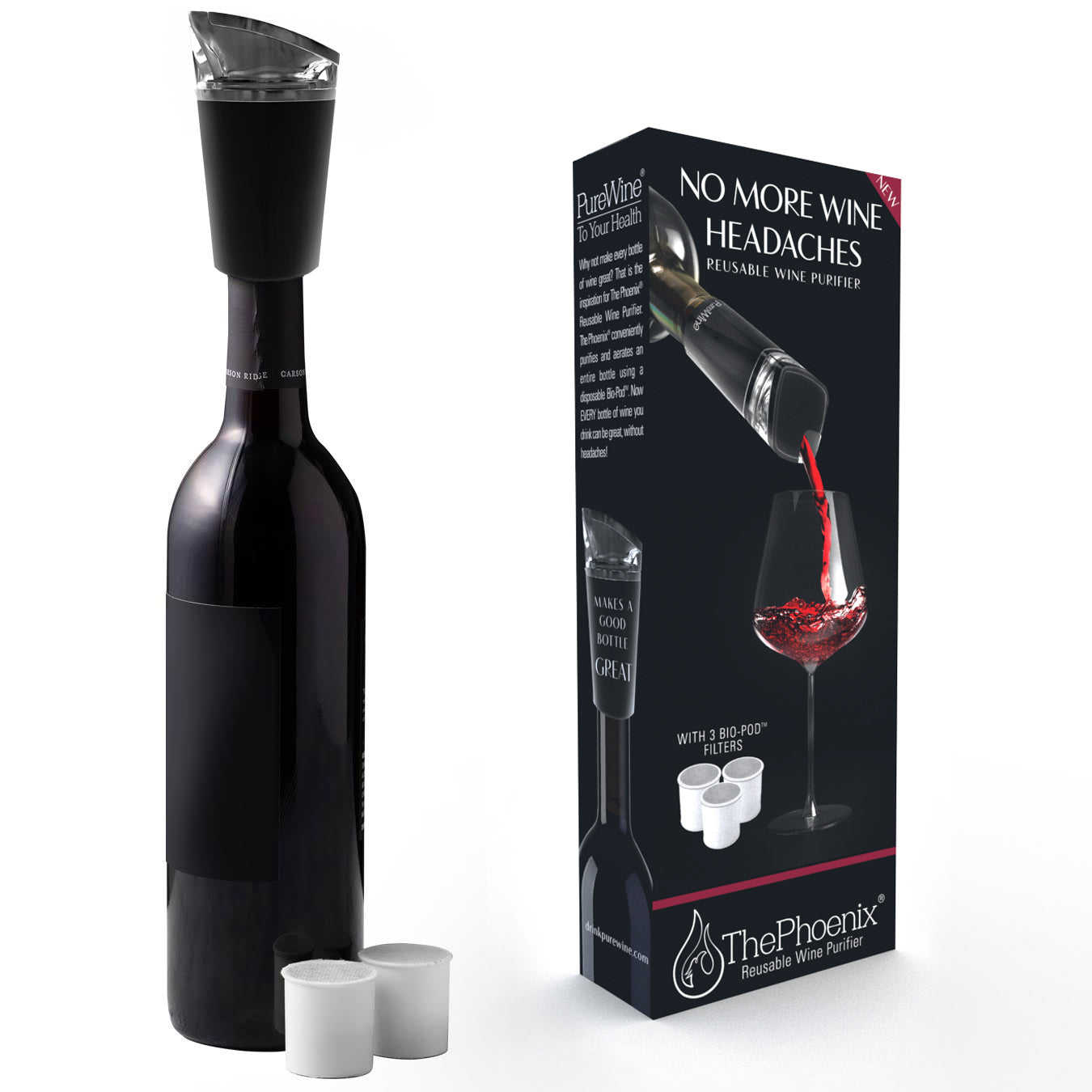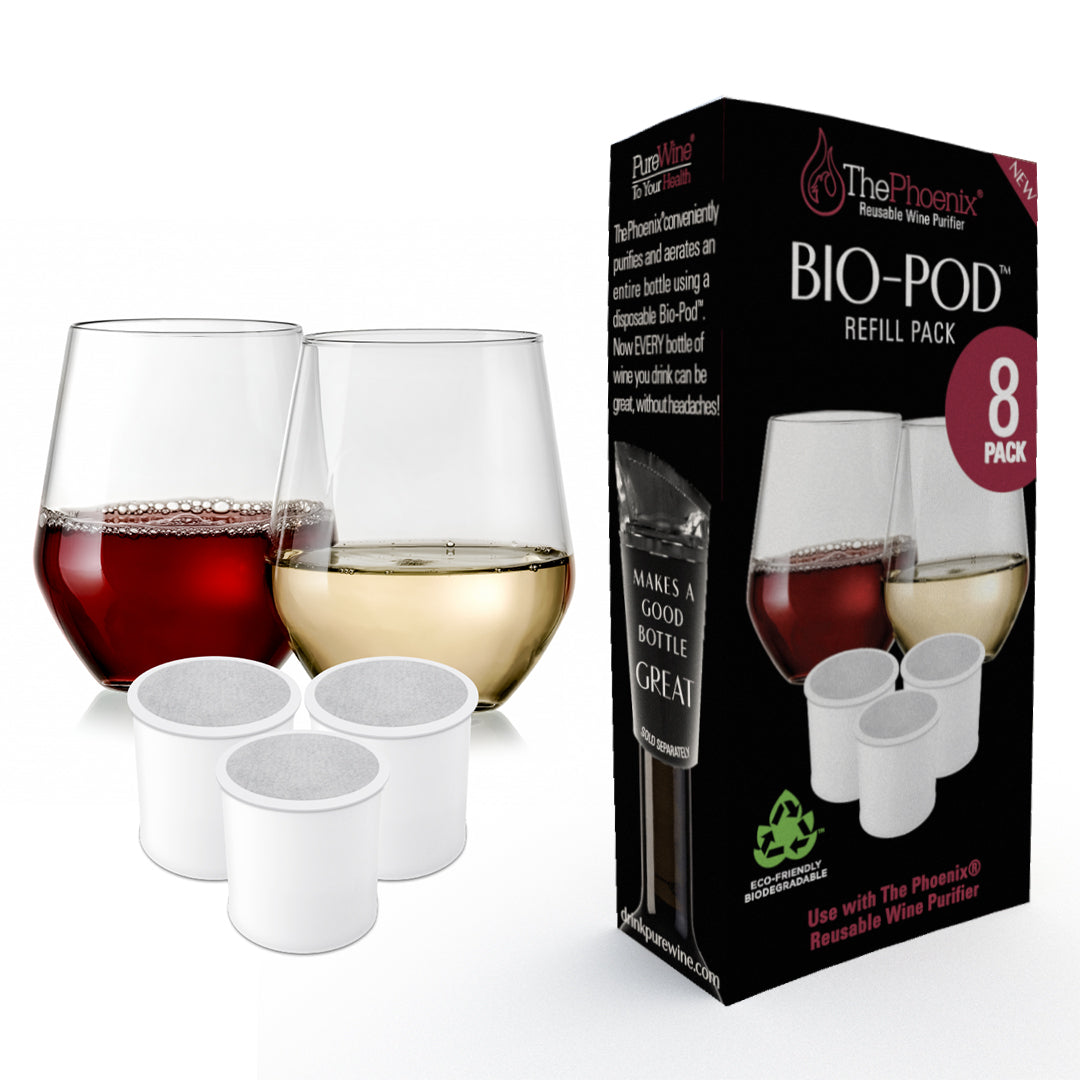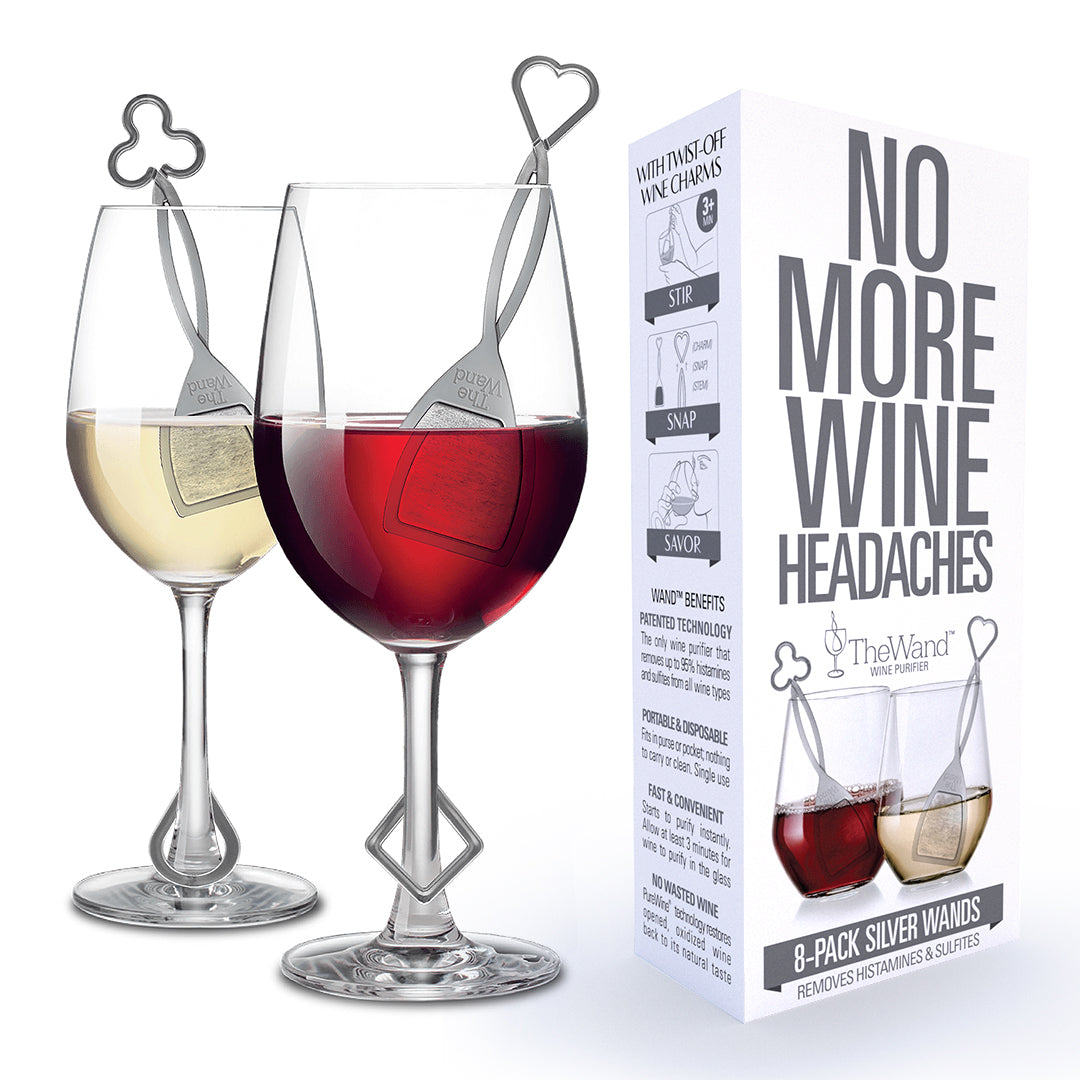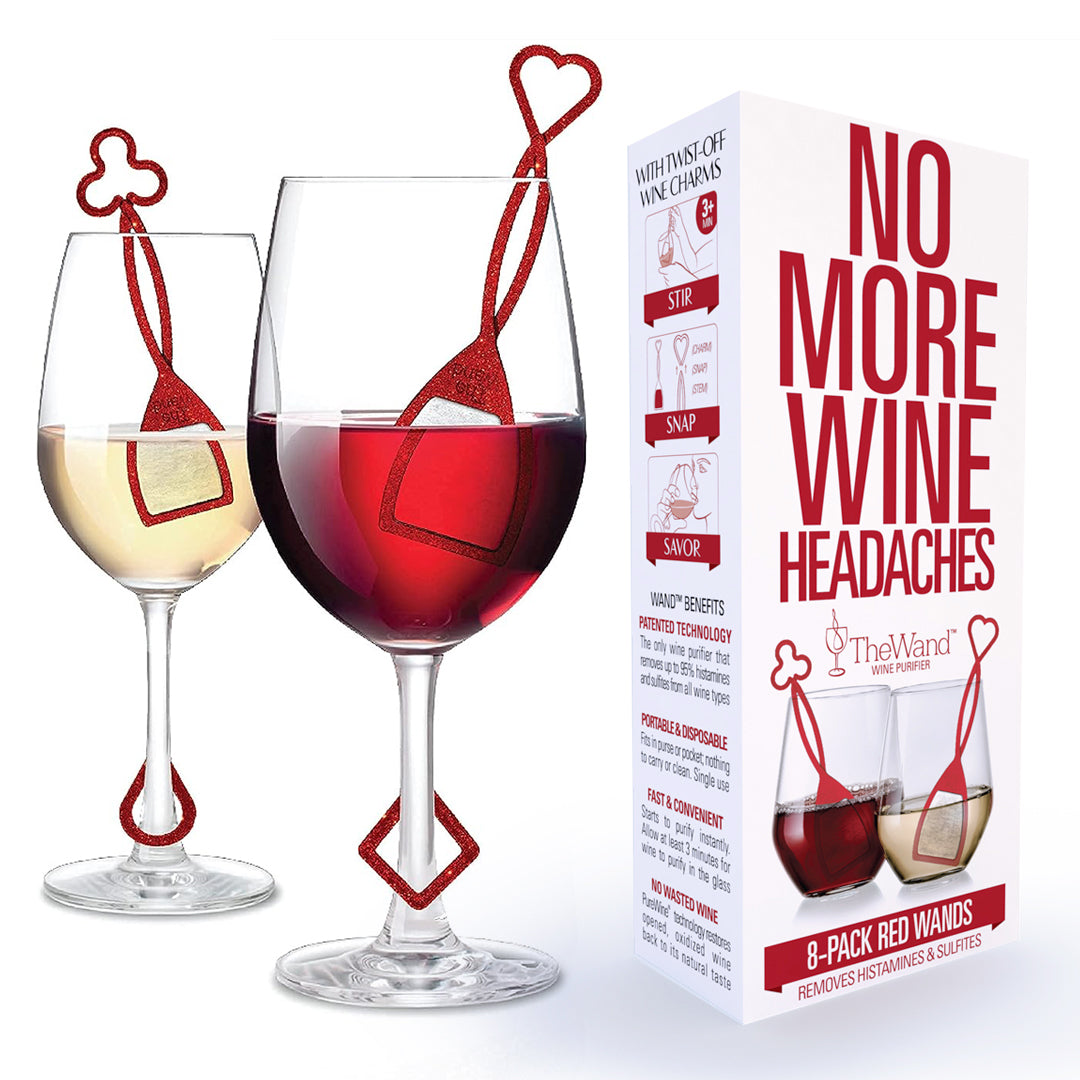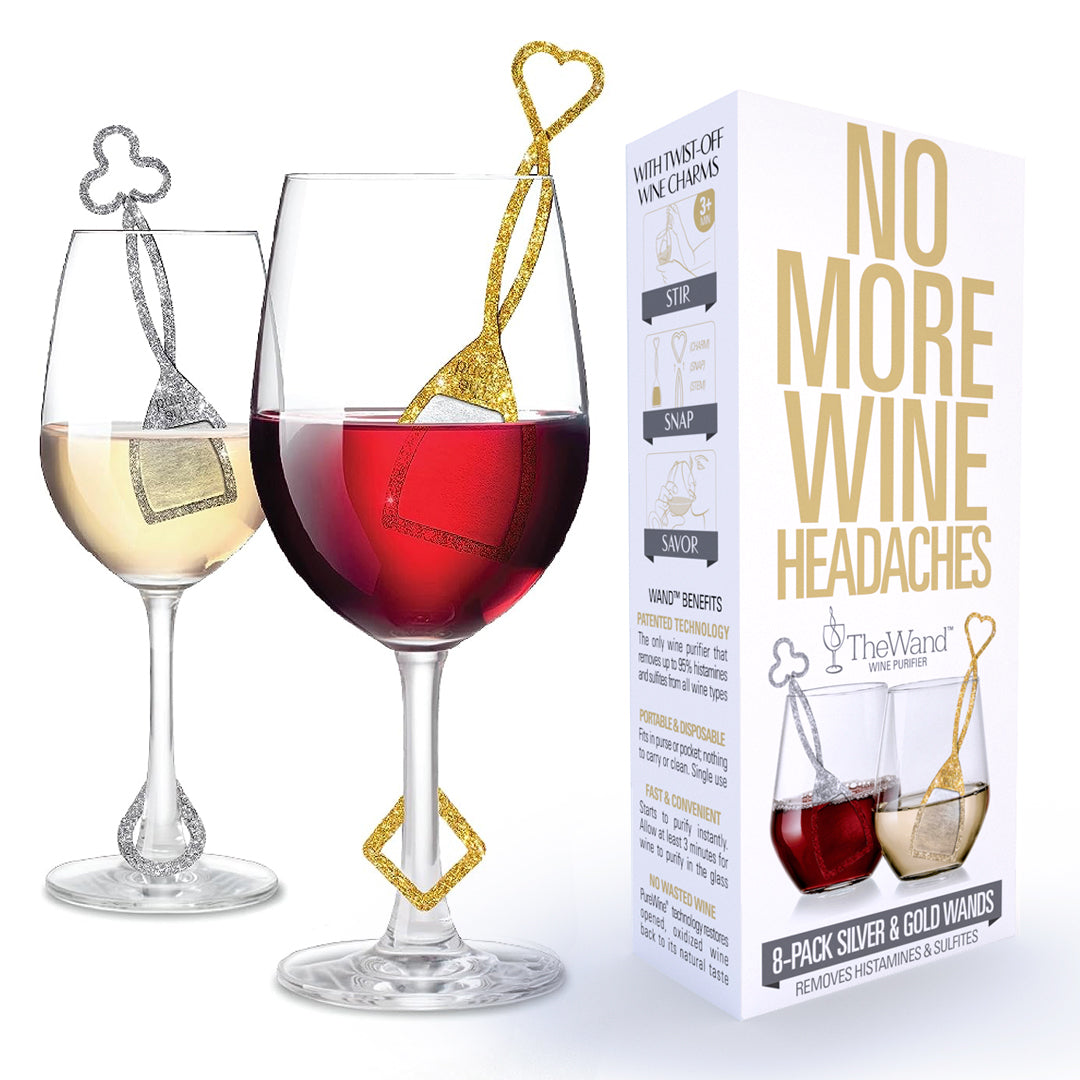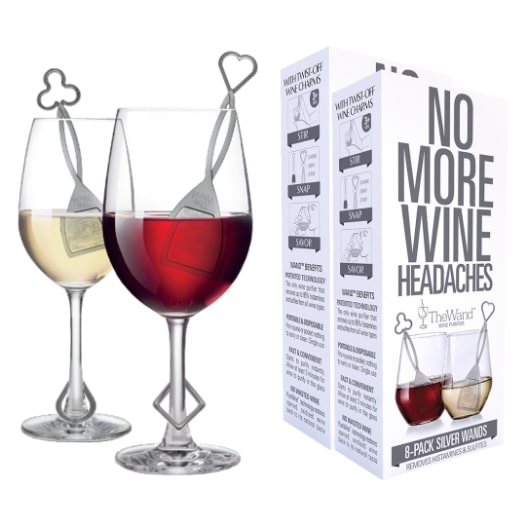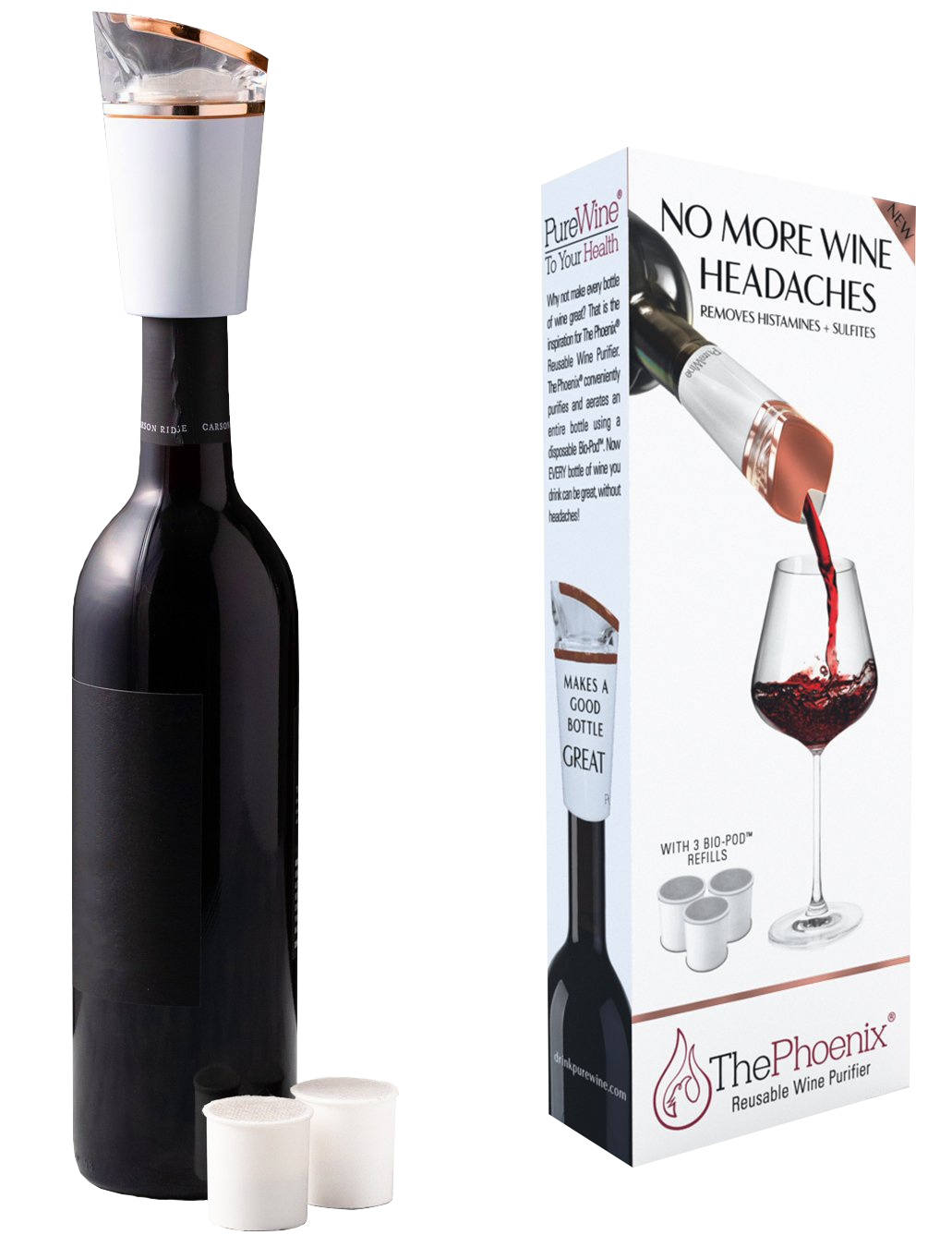The Art of Wine Swirl: Enhance Your Wine Tasting Experience
Wine tasting is not just about sipping and swallowing the liquid; it's a sensory experience that involves sight, smell, taste, and touch. One of the essential aspects of wine tasting is the wine swirl, a technique that aerates the wine and brings out its unique characteristics. Whether you're a novice or an experienced wine drinker, knowing how to swirl wine like a pro can take your wine-tasting experience to the next level.
What is Wine Swirl?
Wine swirl is the act of gently rotating the wine in a glass to enhance its aroma, flavor, and overall drinking experience. It is an essential part of wine tasting that allows you to fully appreciate the complexities of a wine. Swirling wine exposes it to oxygen, releasing its aroma and flavor compounds, making it easier to detect the subtle notes that make a wine unique.
Importance of Wine Swirl in Wine Tasting
Swirling wine is crucial to wine tasting because it allows you to fully experience the wine's aromas and flavors. Without swirling, the wine's aroma would remain trapped in the glass, making it difficult to detect. By swirling the wine, you release its aroma compounds, allowing you to appreciate the wine's full bouquet.
Additionally, swirling wine helps to oxygenate it, making it smoother and more enjoyable to drink. Swirling also helps to mix the wine with any sediment that may have settled at the bottom of the bottle, ensuring that you get the full flavor of the wine.
How to Swirl Wine?
Swirling wine is easy once you know the technique. Hold the wine glass by the stem, and gently rotate the glass in a circular motion. The motion should be slow and steady, allowing the wine to gently move around the glass without splashing or spilling. Keep swirling until you notice the wine's aroma becoming more pronounced.

Common Mistakes to Avoid While Swirling Wine
One of the most common mistakes when swirling wine is holding the glass by the bowl instead of the stem. Holding the glass by the bowl warms the wine, which can affect its taste. Another mistake is swirling too vigorously, which can cause the wine to spill or splash out of the glass.
Tips for Perfecting the Wine Swirl
To perfect your wine swirl, practice using different types of glasses to find the one that works best for you. Also, make sure to hold the glass by the stem, and keep the swirling motion gentle and steady. Take time to appreciate the wine's aroma, and allow the wine to breathe before taking a sip.
Why Swirl Wine?
Swirling wine is necessary to fully experience its aromas and flavors. It helps to release the wine's aroma compounds and mix it with any sediment that may have settled at the bottom of the bottle. Swirling also helps to oxygenate the wine, making it smoother and more enjoyable to drink.
Benefits of Swirling Wine
Swirling wine has several benefits. It enhances the wine's aroma and flavor, making it easier to appreciate its complexities. Swirling also helps to oxygenate the wine, making it smoother and more enjoyable to drink. Additionally, it helps to mix any sediment that may have settled at the bottom of the bottle, ensuring that you get the full flavor of the wine.

How Swirling Affects Different Types of Wines
Swirling affects different types of wines differently. For example, swirling red wine helps to release its tannins, which can make the wine taste less bitter. Swirling white wine helps to release its aromas and flavors, making it easier to detect any subtle notes. Sparkling wine should be swirled gently to avoid losing its bubbles.
When to Swirl Wine?
Swirling wine is appropriate in most situations, but some wines benefit more from swirling than others. Wines that have been aged for a long time benefit from swirling because they tend to have more sediment, which can settle at the bottom of the bottle. Swirling helps to mix the sediment with the wine, making it easier to taste the wine's flavors.
Younger wines also benefit from swirling because they tend to have more aggressive tannins that need to be softened. Swirling the wine helps to expose the wine to more oxygen, which can soften the tannins and enhance the wine's flavor.
When Not to Swirl Wine?
There are a few situations where you should avoid swirling your wine glass. If the wine is sparkling, you should not swirl it because the carbonation can cause the wine to fizz and lose its flavor. Similarly, if the wine is too young and has not yet developed its flavors, swirling can expose the wine to too much oxygen, which can cause the wine to lose its balance and taste.
Swirling Wine in Restaurants
If you are dining in a restaurant, swirling your wine can be a bit tricky. You don't want to spill the wine on the table or your clothes, so it's best to hold the stem of the glass and gently rotate it on the table. Make sure to hold the glass by the stem and not the bowl because the heat from your hand can affect the temperature of the wine.
Wine Swirl FAQs
Q. Does swirling wine make a difference?
A. Yes, swirling wine makes a significant difference in wine tasting. It helps to release the wine's aroma and enhance its flavor.
Q. How long should you swirl your wine?
A. You should swirl your wine for about ten to fifteen seconds to release the wine's aroma and flavor.
Q. Can you swirl red wine too much?
A. Yes, you can swirl red wine too much. Swirling red wine too much can cause the wine to lose its balance and taste.
Wine Swirl Conclusion
Wine swirl is an essential step in wine tasting because it helps to release the wine's aroma and enhance its flavor. Swirling the wine introduces oxygen to the wine, which helps to soften the tannins and distribute the wine across the glass.
When swirling your wine, make sure to avoid swirling sparkling wine and too young wines. Swirling your wine in a restaurant can be a bit tricky, so make sure to hold the stem of the glass and gently rotate it on the table.
With this knowledge, you can now swirl your wine like a pro and enjoy the full flavor and aroma of your wine.
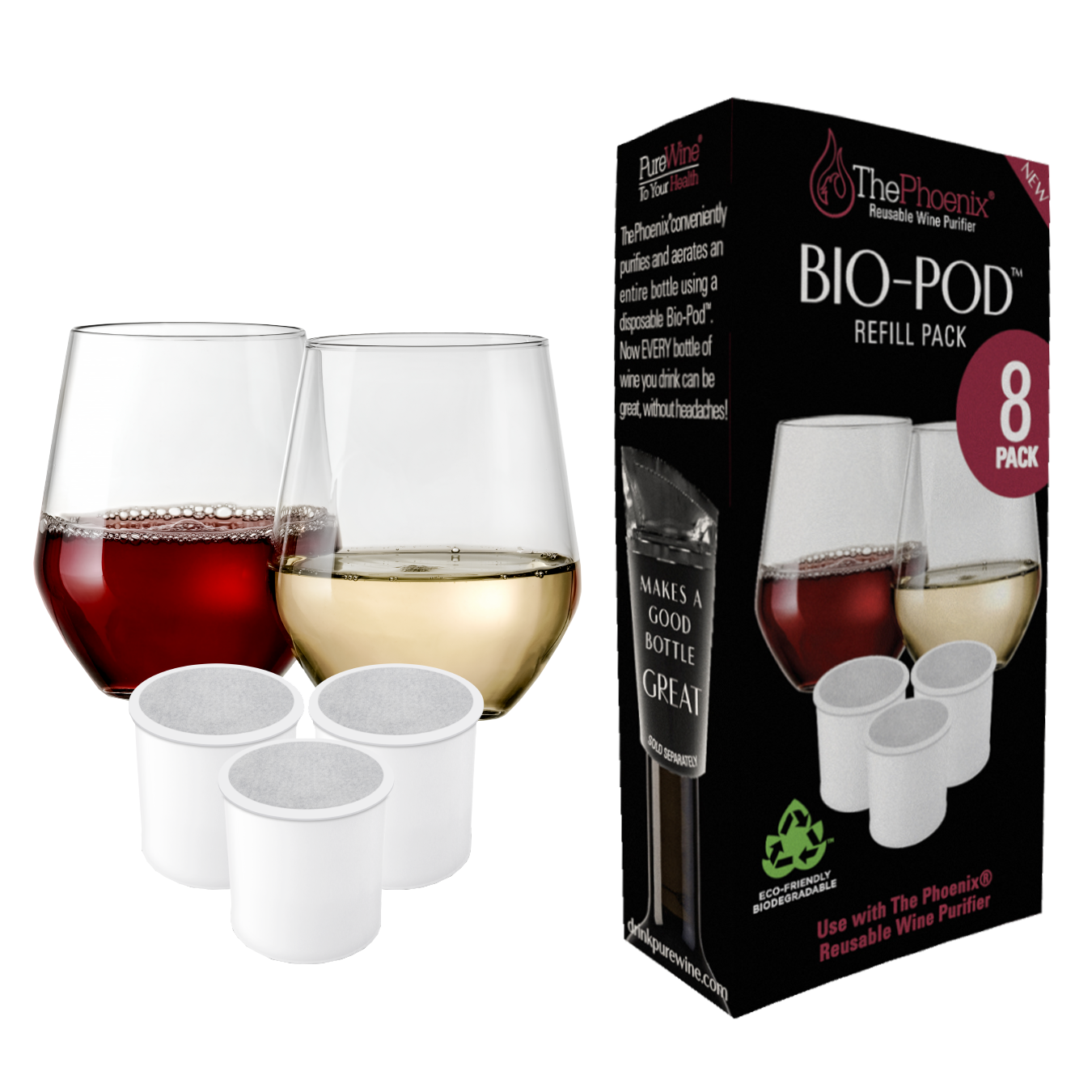
 (20 reviews)
(20 reviews)
